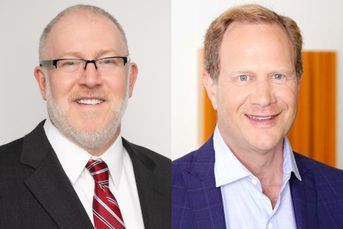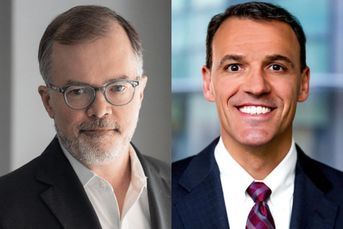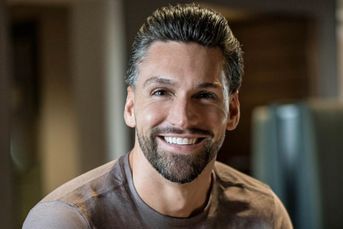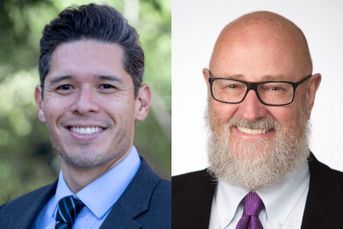Inflation, bear market means donors need to dig deep, says Morgan Stanley Foundation president
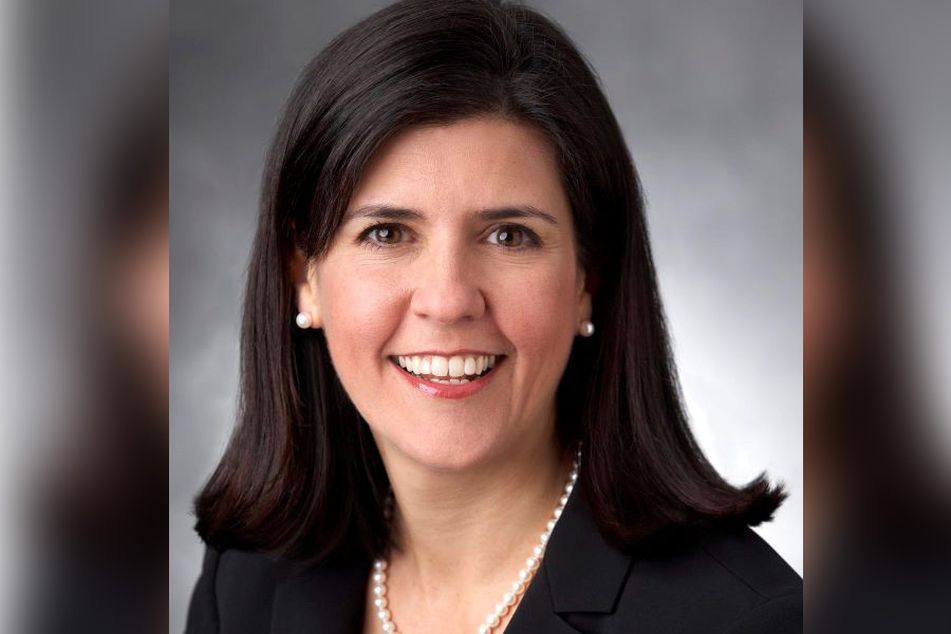
The president of the Morgan Stanley Foundation says the current uncertain economic environment is a challenge for many individuals and families, and of course for nonprofits as well.
A sell-off in both stocks and bonds has charity workers nationwide worried this giving season. Not helping is rising inflation, which makes their jobs not only harder, but more expensive.
Joan Steinberg, president of the Morgan Stanley Foundation, believes individual donors and corporations can rise to meet the challenging philanthropic environment, but said they have to step up and bring others along for the ride.
In addition to running Morgan Stanley’s charitable foundation, Steinberg also leads the Morgan Stanley Alliance for Children’s Mental Health, which brings together key leaders in the children’s mental health space and combines them with the resources and reach of the Morgan Stanley Foundation.
InvestmentNews caught up with Steinberg to discuss her outlook for charitable giving this holiday season, as well as the importance and current state of youth mental health funding.
InvestmentNews: It’s been a rough year in the market for both stocks and bonds. What is your expectation for charitable giving this holiday season?
Joan Steinberg: The current uncertain economic environment is a challenge for many individuals and families, and of course for nonprofits as well. We’ve heard from our nonprofit partners that rising prices for necessities are increasing the need for the services they provide at the same time that donations and support may be at risk for flattening or even decreasing.
So far, giving seems to have held. Last week, GivingTuesday raised an estimated $3.1 billion in the United States alone, representing a 15% increase from last year, a bright spot as people continue to give generously to the causes they care about. That said, I encourage individuals and companies to keep up their giving if they are able, and particularly to consider support for the most pressing needs in the areas of food insecurity, mental health, humanitarian crises and more.
IN: How will inflation affect the way charities manage their finances in 2023?
JS: According to a recent survey of U.S. community nonprofits, 76% are concerned about their ability to meet demand for services in the coming year in the current economic climate, and 66% say funding has stayed the same or decreased despite increased demand. Keeping that in mind, it is even more important for companies and individuals who are able to do so to help alleviate some of the fundraising stressors for charities so they can continue providing and expanding the services that people need.
IN: Wealthy donors publicly gave more to mental health last year than any other year in the last decade. Why do you think that is?
JS: As the Covid-19 pandemic wore on, the negative impacts on mental health for individuals of all ages became increasingly clear and truly universal. We saw these issues covered on an international stage — crossing race, gender and socioeconomic status — and saw our fellow family members, friends and colleagues facing the same issues. I believe that increase of visibility into a global problem has led to this surge. It’s encouraging to see, but I do still worry about the amount of funding going specifically to youth mental health causes. Suicide is the second leading cause of death among young people, with notable increases over the past years.
As with all health issues, there is extreme inequity in mental health treatment for youth. Mental health care is not nearly as available as it should be due to various barriers including insufficient psychiatric beds in hospitals, limited mental health insurance coverage — if any — and a huge shortage of mental health professionals. It is this lack of access to care that is drawing more attention to the space. We need action and urgent intervention from leaders everywhere to ensure much-needed mental health resources and save lives. I hope we continue to see dollars put behind these causes and increase that attention on youth in the years to come.
IN: How did the Morgan Stanley Foundation get started in the mental health space? What are your chief goals for 2023?
JS: For more than 60 years, the Morgan Stanley Foundation has been in the children’s health space. In February 2020, we launched the Morgan Stanley Alliance for Children’s Mental Health in response to the increasing number of youth suffering from mental health conditions. Little did we know that the Covid-19 pandemic, which was just about to take hold in the US, would thrust this issue into the spotlight.
Through the Alliance, the Morgan Stanley Foundation identified seven nonprofit partners to align with the firm’s resources and global reach to draw attention to the youth mental health crisis and raise funds to address the issue. Our nonprofit partners give us the depth and expertise needed to make this a global initiative with global impact. With 2023 around the corner, we will continue to build the reach and influence of the Alliance in order to drive funding, research and resources to combat the youth mental health crisis.
IN: Speaking of the Morgan Stanley Alliance for Children’s Mental Health, how has this collective grown since the start of the pandemic?
JS: Working alongside our nonprofit partners, the Alliance has funded programs that meet young people and caregivers where they are, hosted webinars, published research, built out educational materials, and attended virtual and in-person events to build salience and establish the need for a collective effort in addressing the children’s mental health crisis. Additionally, we have started seed funding more scalable solutions through our Morgan Stanley Alliance for Children’s Mental Health Innovation Award program, which provides funding, capital raising and promotion opportunities for five game-changing solutions addressing youth mental health needs. We are set to build on this effort by announcing the second round of Innovation Award winners in the year ahead.
Learn more about reprints and licensing for this article.

